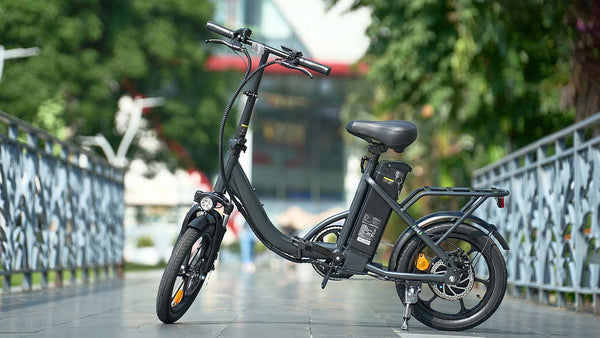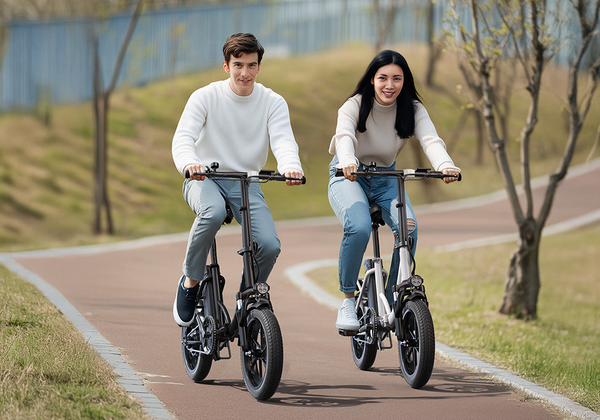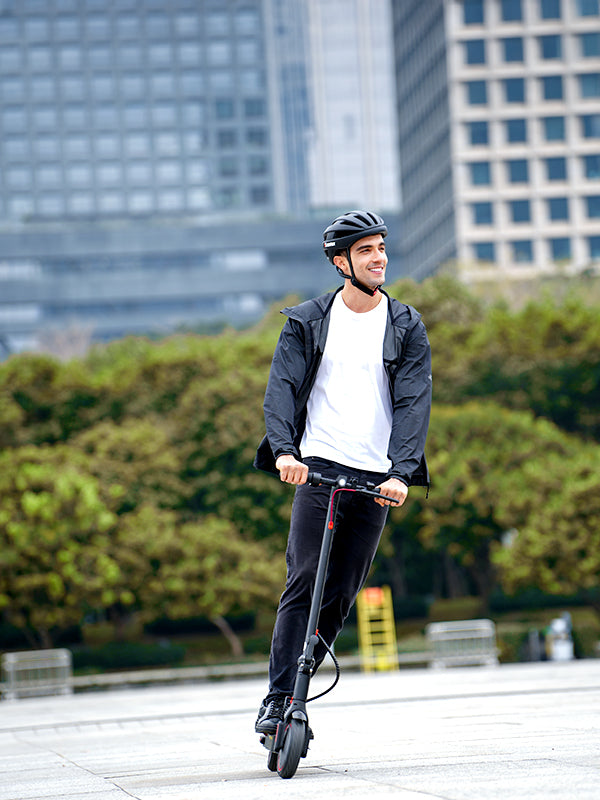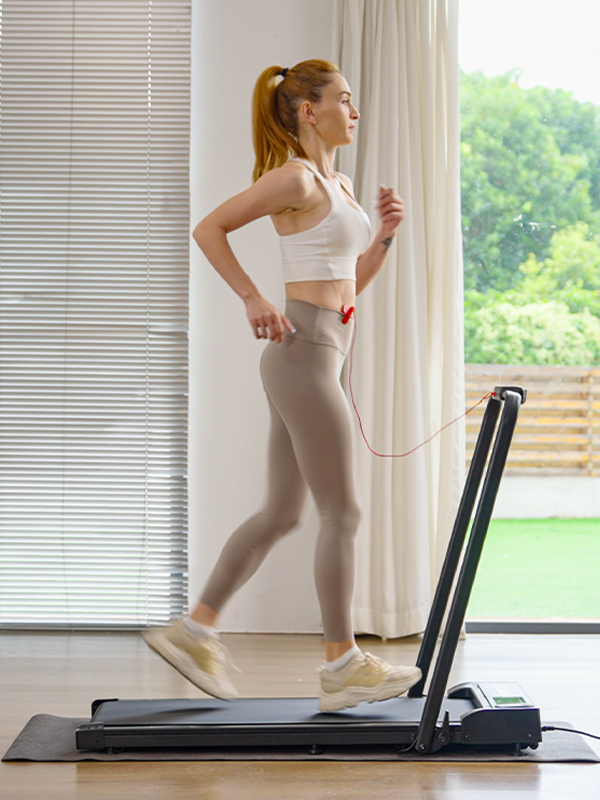
How to Remove the Speed Limiter on Your Electric Bike: Step-by-Step Guide
Electric bikes are designed to combine the ease of cycling with the power of an electric motor, but many models come with a speed limiter to comply with UK legal regulations and ensure rider safety. For bikes classified as electrically assisted pedal cycles (EAPCs), the motor must not propel the bike faster than 15.5 mph on its own, and the continuous power output cannot exceed 250 watts.
While these limits ensure the bike remains street-legal and safe, some riders may be tempted to remove or adjust the limiter to increase speed. Before making any modifications, it’s essential to understand the legal implications, safety risks, and the available methods to adjust or remove the speed limiter. This guide explores the most effective ways to do so while helping you ride responsibly.
What is a Speed Limiter on an Electric Bike and How Does it Work?
A speed limiter, also known as a governor, is a system built into electric bikes to restrict the maximum speed the motor can provide. In the UK, electric bikes classified as electrically assisted pedal cycles (EAPCs) are legally limited to a motor-assisted speed of 15.5 mph and a maximum continuous power output of 250 watts.
The primary purpose of the speed limiter is to ensure that e-bikes remain street-legal, allowing riders to use cycle paths and roads without needing a driving licence, registration, or insurance. It also serves as a safety feature, preventing the bike from exceeding speeds that the frame, brakes, and other components may not be designed to handle. Manufacturers implement these limits to comply with legal regulations while providing a safe and reliable riding experience.
UK Legal Rules for Removing a Speed Limiter on an Electric Bike
Before attempting to remove or adjust the speed limiter on your electric bike, it’s essential to understand the legal implications in the UK. Electric bikes that comply with EAPC regulations—limited to 15.5 mph and 250 watts—can be ridden without a licence, tax, or insurance. However, if you modify the bike to exceed these limits, it may no longer qualify as an EAPC and could be legally classified as a moped or motorcycle.
This reclassification carries several consequences:
-
You would need a valid driving licence.
-
The bike must be registered and taxed.
-
You are required to have insurance.
-
Failure to comply could result in fines or seizure of the bike.
Always check UK laws and local regulations before making any modifications. Removing the speed limiter can put you at risk of legal penalties and compromise your insurance coverage, so it should only be done with a full understanding of the rules.
How to Remove the Speed Limiter on an Electric Bike in the UK
Removing or modifying the speed limiter on your electric bike can enhance performance and allow the motor to keep assisting at higher speeds. There are several different ways to achieve this, from simple adjustments like repositioning the speed sensor to more advanced methods such as updating firmware or installing a tuning kit. Below, we outline the most common techniques riders use to remove or bypass a speed limiter, along with tips for doing so safely and effectively.
Install an Electric Bike Tuning Kit
A tuning kit offers a more professional way of bypassing the limiter without making permanent modifications. It manipulates the signal between the speed sensor and the controller, tricking the controller into thinking the bike is going slower than it really is.
Steps:
-
Purchase a tuning kit compatible with your e-bike model.
-
Attach the kit to your speed sensor following the manufacturer’s instructions.
-
The kit will send a false speed signal to the controller, keeping the motor engaged beyond 15.5 mph.
-
Ride and test the bike to ensure proper function.
Tip: Since tuning kits are removable, you can return the bike to factory settings at any time.
Reposition the Speed Sensor (Hub-Mounted Motors Only)
This method works only on some electric bikes with hub-mounted motors. The speed sensor reads wheel revolutions using a magnet attached to the wheel. By moving the sensor, you can trick the controller into thinking the bike is going slower than it actually is.
Steps:
-
Locate the speed sensor and magnet, usually mounted near the wheel or frame.
-
Loosen the sensor and reposition it to a part of the bike where the magnet passes less frequently or more slowly.
-
Secure the sensor in the new position.
-
Test the bike at a low speed to confirm the motor continues providing assistance beyond the usual 15.5 mph limit.
Note: This method is simple and requires no specialist tools, but it only works on certain hub-motor e-bikes.
Adjust Controller Settings to Remove the Speed Limiter
Many modern electric bikes allow riders to change speed limits via the controller settings.
Steps:
-
Locate the controller under the seat or near the motor.
-
Access the display or buttons to navigate the settings menu.
-
Adjust maximum speed or disable the limiter.
-
Test the bike at low speed first.
Tip: Only modify speed-related settings to avoid affecting motor safety.
Install a Dedicated Speed Limiter Removal Device
Speed limiter removal devices can bypass restrictions by connecting between the battery and controller.
Steps:
-
Buy a device compatible with your e-bike.
-
Disconnect the battery and follow the installation guide.
-
After installation, the motor can reach full potential.
Update Firmware or Software on Digital Controllers
For electric bikes with digital controllers, custom firmware can remove speed restrictions.
Steps:
-
Check the manufacturer or online forums for compatible firmware.
-
Download and install via USB or wireless connection.
-
Test the bike carefully after installation.
Note: This method can void warranties and requires technical skill.
Modify Firmware on Custom Electric Bikes
For tech-savvy riders, editing controller firmware can remove speed restrictions.
Steps:
-
Connect the controller to a computer or programming tool.
-
Locate the speed limit settings in the firmware.
-
Adjust or disable them, then upload the modified firmware.
Note: Only recommended for advanced users familiar with e-bike firmware.
Use a Smartphone App to Adjust Speed Settings
Some modern e-bikes have apps that allow riders to control speed limits.
Steps:
-
Download and install the manufacturer’s app.
-
Pair it with your e-bike.
-
Adjust speed or power settings to remove the limiter.
Tip: Always check that your changes comply with UK EAPC regulations.
Modify the Motor Wiring (Advanced Method)
This method involves disconnecting the wire that enforces the speed limit.
Steps:
-
Disconnect the battery and remove the motor cover.
-
Locate the speed limiter wire and carefully disconnect or cut it.
-
Reassemble and test the bike at a slow speed.
Warning: Only for experienced riders; improper wiring may damage the motor.
Adjust Battery Output Settings
Some electric bike batteries limit speed via the Battery Management System (BMS).
Steps:
-
Power off and disconnect the battery.
-
Access the BMS settings if supported.
-
Increase output voltage or current to boost motor performance.
Note: Only works on batteries with adjustable output.
Use Third-Party Speed Limiter Devices
Aftermarket devices can override the stock limiter and are often easier to install than custom firmware.
Steps:
-
Purchase a device compatible with your e-bike.
-
Connect between the battery and controller following instructions.
-
Adjust the device settings to bypass the limiter.
Adjust the Pedal Assist System (PAS)
The PAS can limit motor speed based on pedalling effort.
Steps:
-
Access PAS settings via the controller.
-
Set PAS to the highest level or disable restrictions.
-
Test carefully at low speed before normal riding.
Important Safety Considerations When Removing an Electric Bike Speed Limiter
Risks of Riding at Higher Speeds
Riding faster than your bike’s factory limits can significantly increase accident risks. Higher speeds reduce reaction time, extend stopping distances, and make even small mistakes more dangerous.
Limits of Bike Components
Not all e-bikes are built to handle higher speeds. Brakes, tires, suspension, and even the frame may struggle under the added stress. This can lead to faster wear, reduced efficiency, or potential mechanical failures.
Recommendations for Safe Operation
If you decide to remove the speed limiter, ensure your bike is in top condition and consider upgrading key parts. Stronger brakes, puncture-resistant tires, and a more robust frame or suspension system can make higher-speed riding safer. Always wear a helmet and ride responsibly.
How to Test Your Electric Bike After Removing the Speed Limiter
Importance of Controlled Testing
Once you’ve removed or adjusted the speed limiter, it’s essential to test your e-bike in a safe, controlled environment before riding on public roads. This helps you identify any issues with performance, handling, or safety.
Start at Low Speeds
Begin testing at low speeds and gradually increase your pace. This allows you to get used to how the bike responds without putting yourself at unnecessary risk.
Check Motor Response, Brakes, and Stability
Pay close attention to how the motor delivers power, whether the brakes can handle the added speed, and how stable the bike feels. Any unusual noises, vibrations, or handling issues should be taken seriously.
Reinstall the Limiter if Problems Occur
If the bike behaves unpredictably or feels unsafe at higher speeds, it’s best to reinstall the limiter or seek professional help. Safety should always take priority over performance.
Conclusion
While removing the speed limiter on your electric bike may seem tempting for increased speed and performance, it’s important to remember that doing so can have serious legal and safety implications in the UK. EAPCs are limited to a motor-assisted speed of 15.5 mph and a maximum power output of 250 watts to remain street-legal. Altering these limits could reclassify your bike as a moped or motorcycle, requiring a driving licence, insurance, and registration. Always consider the safety of your bike’s components and your own riding skills before making modifications. By understanding the rules and riding responsibly, you can enjoy your e-bike safely while staying compliant with UK law.
FAQs
How fast can my e-bike go after removing the speed limiter?
The top speed of your e-bike after removing the speed limiter depends on its motor, battery, and overall design. While some bikes may reach significantly higher speeds, pushing beyond the manufacturer’s intended limits can strain components and affect safety, so results will vary between models.
What color is the speed limiter wire?
The color of the speed limiter wire can vary depending on the e-bike’s brand and model. There isn’t a universal standard, so it’s important to consult your bike’s manual or wiring diagram before attempting any modifications.
Will removing the speed limiter damage my bike?
Improperly removing the speed limiter can put extra stress on your e-bike’s motor, controller, and battery, potentially causing damage over time. Before making any changes, ensure your bike’s components are capable of handling increased speeds safely.
How to find the speed limiter on an e-bike?
The speed limiter is usually integrated into the motor controller or connected to the motor via a dedicated wire. To locate it, check near the motor or under the seat, and refer to your e-bike’s manual or wiring diagram to identify the exact connection before attempting any adjustments.
Product Category
Recent Posts

How to Remove the Speed Limiter on Your Electric Bike: Step-by-Step Guide

How to Charge an Electric Bike Safely and Effectively

Are Electric Bikes Worth It? Benefits, Costs, and Everything You Need to Know

Best Electric Bikes Under £500 – Top Affordable iHoverboard Picks for Adults



























































Still, need help? Contact Us: support@ihoverboard.com
What's the option? Check out the option now!
Leave us a message